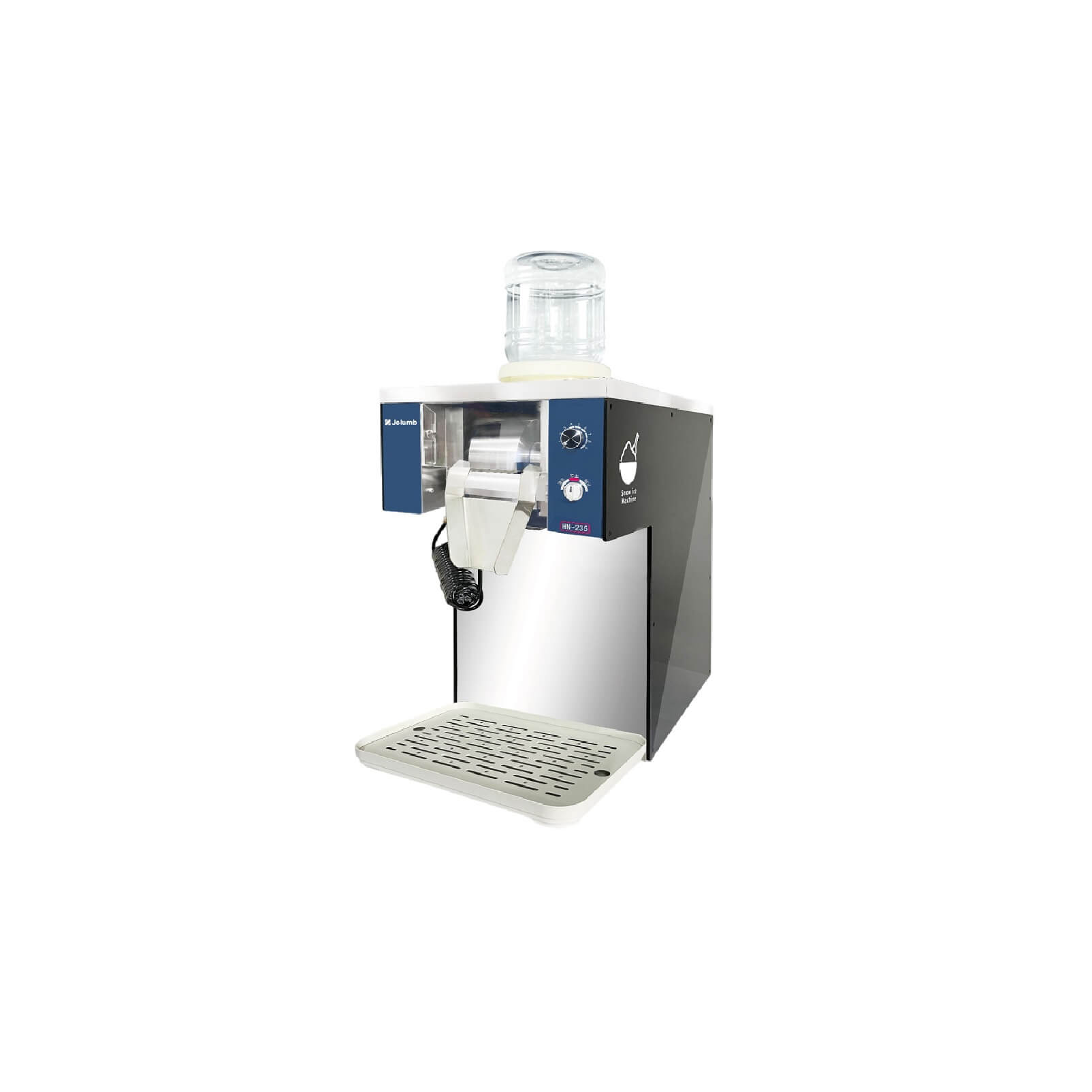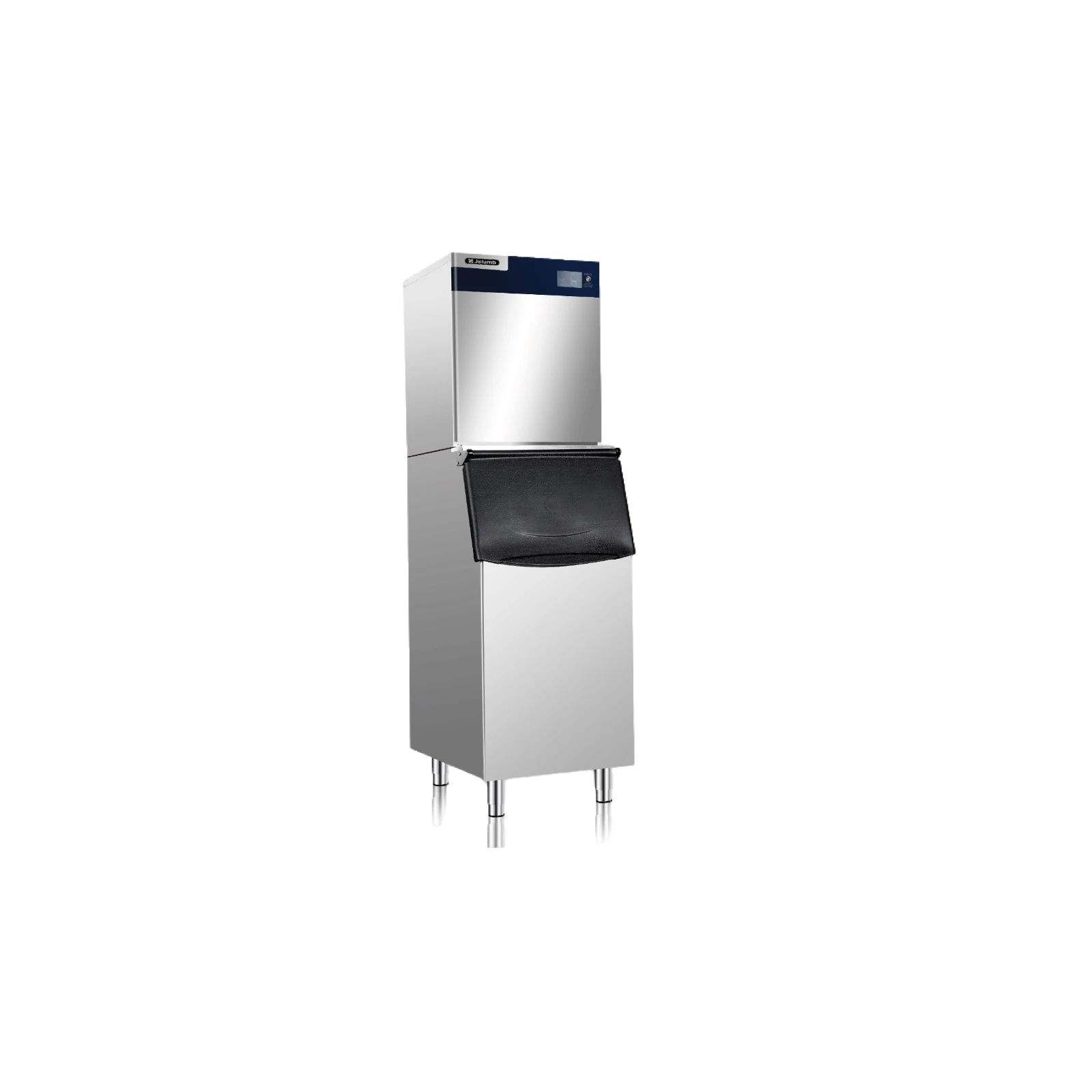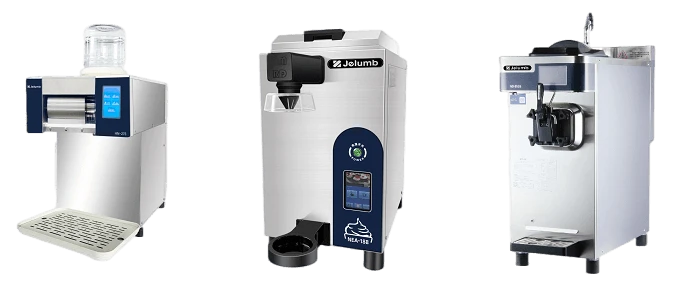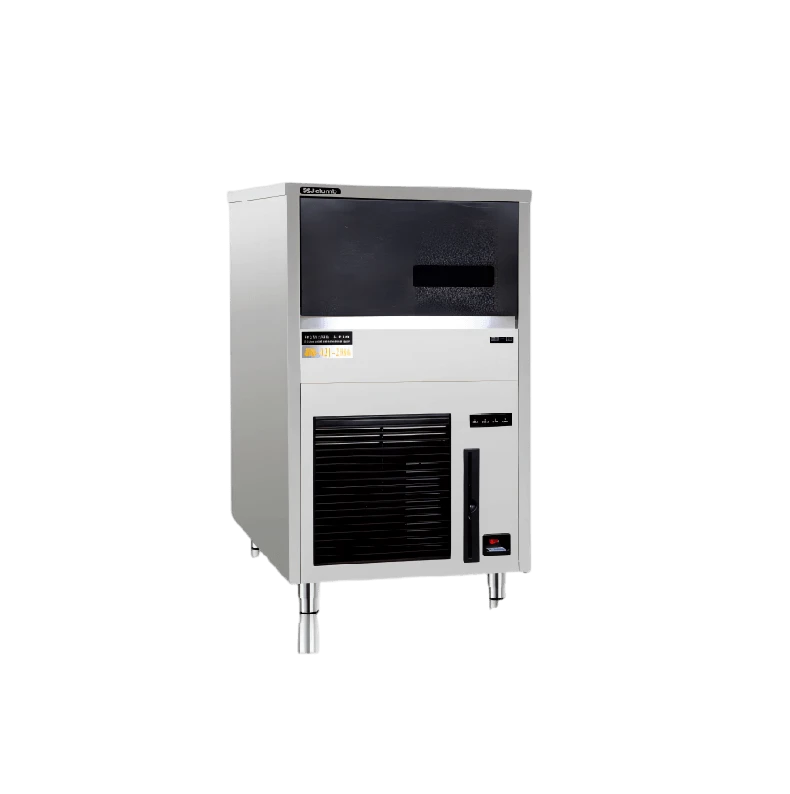The Evolution of Industrial Cube Ice Machines in Modern Manufacturing
As the demand for industrial ice continues to grow across sectors such as food processing, hospitality, healthcare, and chemical manufacturing, the technology surrounding cube ice machines has undergone a transformative evolution. In this journey of innovation, JELUMB Refrigeration Equipment (Shanghai) Co., Ltd (hereafter referred to as JELUMB) has emerged as a key player, driving advancements in the design, efficiency, and sustainability of industrial cube ice machines. This article delves into the history, technological milestones, and future prospects of these indispensable machines, with a special focus on JELUMB's contributions to the industry.
The Early Days of Industrial Cube Ice Machines
The concept of ice production dates back centuries, but the industrialization of ice-making began in the late 19th century. Early ice machines were rudimentary and energy-intensive, often relying on ammonia-based refrigeration systems. These machines were primarily used in industries such as fishing and brewing, where the preservation of perishable goods was critical.
Semicircle Ice Maker HM-210
HN-235 Snow Ice Machine
Counter Ice Maker HB-450WT
HN-225 Snow Ice Machine
Square Ice Maker HD-105
HN-155 Snow Ice Machine
Bingsu Ice Maker HS-1100

However, these early machines had significant limitations. They were bulky, expensive to operate, and prone to mechanical failures. The ice produced was often irregular in size and shape, which posed challenges for industries requiring consistent quality. Recognizing these shortcomings, manufacturers began exploring ways to improve the efficiency and reliability of ice-making machines.
Technological Advancements in Cube Ice Machines
The 20th century witnessed a series of technological breakthroughs that revolutionized the ice-making industry. The introduction of hermetically sealed compressors, automated controls, and advanced refrigerants made it possible to produce ice more efficiently and consistently. Cube ice machines, in particular, gained popularity due to their ability to produce uniform, crystal-clear ice cubes that were ideal for a wide range of applications.
One of the most significant advancements was the development of modular ice machines, which allowed businesses to scale their ice production based on demand. These machines featured interchangeable components, making maintenance and upgrades more convenient. Additionally, the use of stainless steel and corrosion-resistant materials improved the durability and hygiene of ice machines.
JELUMB's Role in Advancing Cube Ice Machine Technology
JELUMB has been at the forefront of innovation in the industrial refrigeration sector. Since its inception, the company has focused on addressing the challenges faced by traditional ice machines. By leveraging cutting-edge technology and a customer-centric approach, JELUMB has introduced a range of cube ice machines that set new benchmarks for performance and reliability.
One of JELUMB's key innovations is the integration of smart technology into its ice machines. Features such as remote monitoring, predictive maintenance, and energy optimization have made JELUMB's products highly efficient and user-friendly. These advancements have not only reduced operational costs but also minimized the environmental impact of ice production.
The Role of Cube Ice Machines in Modern Manufacturing
In today's manufacturing landscape, the importance of cube ice machines cannot be overstated. From preserving raw materials to ensuring the safety and quality of finished products, these machines play a critical role in various industries. Below are some of the key applications of cube ice machines:
Food Processing: Cube ice is widely used in the food processing industry to maintain the freshness of seafood, meat, and produce. The uniform size and shape of the ice ensure even cooling, which is essential for preserving the quality of perishable goods.
Pharmaceuticals: In the pharmaceutical sector, cube ice is used for temperature-sensitive processes such as vaccine production and chemical synthesis. The purity of the ice is crucial to prevent contamination.
Hospitality: Hotels, restaurants, and bars rely on cube ice machines to meet the high demand for ice in beverages and food presentation. The aesthetic appeal of clear, uniform ice cubes enhances the customer experience.
Industrial Cooling: Cube ice is also used in industrial cooling systems to regulate the temperature of machinery and equipment, thereby improving operational efficiency and reducing downtime.
JELUMB's Industry-Specific Solutions
Understanding the diverse needs of its clients, JELUMB offers customized solutions tailored to specific industries. For instance, the company's food-grade ice machines are designed to meet stringent hygiene standards, while its high-capacity models cater to large-scale industrial applications. By combining versatility with precision engineering, JELUMB has established itself as a trusted partner for businesses worldwide.
Energy Efficiency and Sustainability
As environmental concerns take center stage, the ice-making industry is under pressure to adopt sustainable practices. Traditional ice machines are notorious for their high energy consumption and greenhouse gas emissions. In response, manufacturers like JELUMB are investing in eco-friendly technologies to reduce the carbon footprint of their products.
JELUMB's cube ice machines are equipped with energy-efficient compressors and advanced insulation materials that minimize heat loss. The use of natural refrigerants such as R290 and R600a further enhances the environmental performance of these machines. Additionally, JELUMB has implemented recycling programs to ensure the responsible disposal of old equipment.

Case Study: JELUMB's Impact on Energy Conservation
In a recent project, JELUMB partnered with a seafood processing plant to upgrade its ice-making infrastructure. By replacing outdated machines with JELUMB's energy-efficient models, the plant achieved a 30% reduction in energy consumption and a significant decrease in operating costs. This case study highlights the tangible benefits of adopting modern ice-making technology.
The Future of Industrial Cube Ice Machines
The future of cube ice machines looks promising, with ongoing advancements in automation, materials science, and IoT integration. JELUMB is actively exploring new frontiers in ice-making technology, including the development of self-cleaning machines and AI-powered diagnostics. These innovations aim to further enhance the efficiency, reliability, and sustainability of ice production.
Another emerging trend is the use of blockchain technology to ensure transparency and traceability in the supply chain. By incorporating blockchain into its operations, JELUMB aims to provide customers with real-time data on the origin and quality of the ice produced.
Conclusion
The evolution of industrial cube ice machines reflects the broader trends in modern manufacturing, where innovation and sustainability go hand in hand. Companies like JELUMB are leading the way by combining technological excellence with a commitment to environmental stewardship. As the demand for high-quality ice continues to grow, the role of advanced ice machines in shaping the future of manufacturing will only become more significant.
In summary, the journey of cube ice machines from rudimentary systems to sophisticated, energy-efficient devices is a testament to human ingenuity and the relentless pursuit of progress. With pioneers like JELUMB at the helm, the ice-making industry is poised for a bright and sustainable future.
For businesses looking to stay ahead in a competitive market, investing in state-of-the-art cube ice machines is no longer a luxury but a necessity. And with JELUMB's innovative solutions, the possibilities are truly endless.

 EN▼
EN▼ CN
CN FR
FR IT
IT KR
KR


Leave a comment